International visitors remain sluggish
Evaluating the implementation of Resolution No. 80 of the Government on visa exemption for foreigners entering Phu Quoc economic zone ( Kien Giang ) and staying for 30 days, Director of Kien Giang Provincial Department of Tourism Bui Quoc Thai commented that the long-term visa exemption policy for international visitors has been creating conditions to promote tourism and Phu Quoc's economy to develop commensurate with the potential of the pearl island.
To attract more international tourists, Kien Giang province proposed to increase the visa exemption period to 6 months for foreigners who directly enter Phu Quoc coastal economic zone, or come to Phu Quoc from other international border gates within Vietnam (by air), stay in the transit area at that border gate, and then transfer to Phu Quoc.
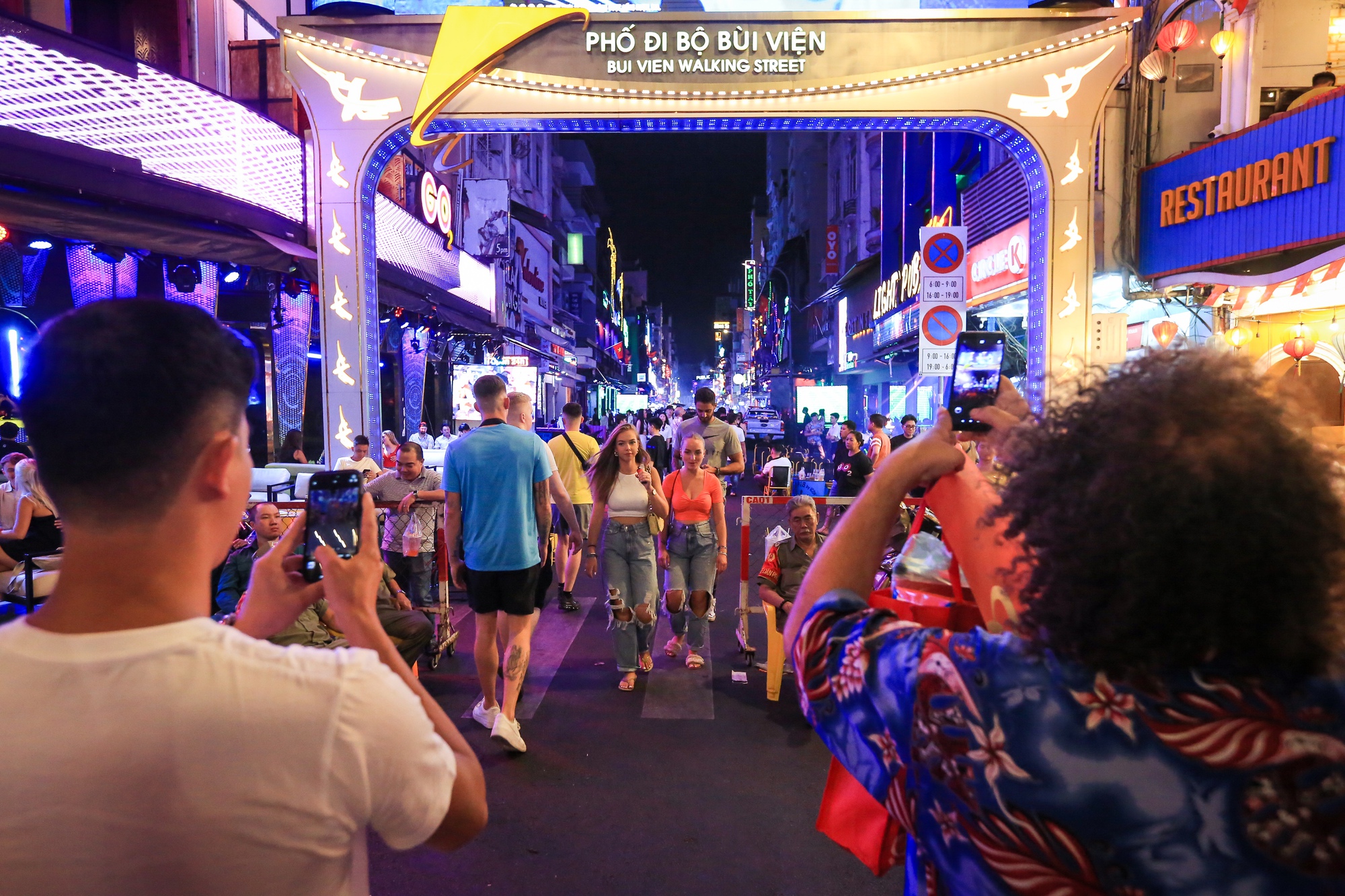
Foreign tourists at Bui Vien Walking Street
Currently, Phu Quoc is the first island city and the only tourist destination in Vietnam to apply a visa exemption policy for foreign visitors to enter and stay for 30 days. This is not the first time Phu Quoc has wanted to apply a special visa exemption policy. In May 2022, after Vietnam officially "opened up" tourism, this proposal was also proposed by Kien Giang province to the Central Government for consideration. At that time, Phu Quoc had many advantages to become a regional and international destination: it had world-class projects and was one of the first 5 localities in Vietnam to open its doors to international visitors. However, in contrast to the current context, the destination that is always at the top of the "hottest" list has just experienced a "show-filled" 30.4 - 1.5 holiday season.
Domestic tourists spend only half as much as foreign tourists.
Although tourism and services in Ho Chi Minh City have recovered quite quickly, contributing significantly to the city's economy, the recovery is not synchronized between domestic and international visitors, mainly thanks to domestic visitors. Meanwhile, domestic visitors spend only about 40 - 50% compared to international visitors. This makes the restaurant and hotel system still difficult. Restaurants that have been set up according to international standards to serve foreign visitors cannot all be converted to serve domestic visitors. Or the situation of hotels with no guests so they are put up for sale is quite common.
Ms. Nguyen Thi Anh Hoa (Director of Ho Chi Minh City Department of Tourism)
During the 5-day holiday, the total number of tourists visiting the province decreased by 9.4% compared to the same period in 2022, with Phu Quoc City alone seeing a 11.5% decrease in visitors, and tourism revenue dropping sharply by 24.3%. Notably, the number of international visitors to Kien Giang is gradually decreasing. Flights connecting to Phu Quoc currently only include Korea, Malaysia, and Thailand; flights from India to Phu Quoc are temporarily suspended due to lack of passengers; charter flights connecting Taiwan to Phu Quoc are also temporarily suspended (only 10 flights); flights connecting Hong Kong to Phu Quoc scheduled to depart on April 27 did not take place as planned.
This situation has led the leaders of Phu Quoc City and Kien Giang Province to identify a common solution that can solve both problems, which is visa policy.
Not only Kien Giang, in the proposed solutions to promote and attract international tourists to Vietnam in the new situation, many localities have also proposed to relax visas to restore tourism. That is, Ba Ria-Vung Tau wants to exempt entry visas for key markets with long-term stays and high spending such as Europe, North America, Australia, and New Zealand to attract and restructure visitors, avoiding the risk of developing a mass tourism industry; Ho Chi Minh City proposed that the Government study and apply a "special visa policy for a certain period" to promote international visitors to Vietnam at necessary times to promote tourism development such as extending the validity period of the visa exemption policy to 5 years, expanding the scope of unilateral visa exemption for key markets.
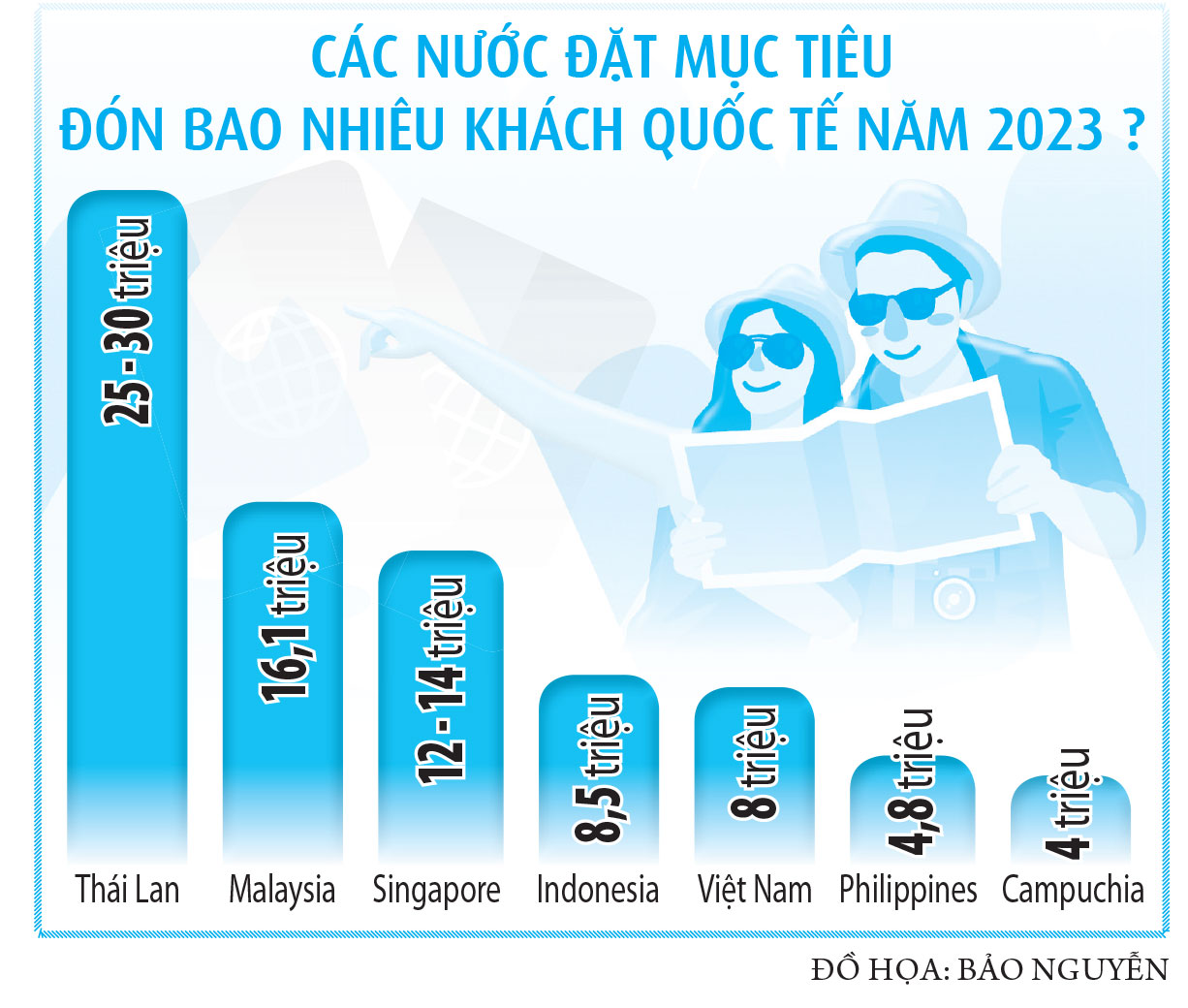
Visa bottleneck still waiting to be solved
Nearly 2 months have passed since the Prime Minister's request to increase the number of visa-free countries and extend the length of stay at the 2023 National Online Tourism Conference with the theme "Accelerating Recovery - Accelerating Development", the tourism industry is still waiting. In early April, the Government officially submitted a document to the National Assembly proposing many new policies in managing the entry, exit and residence of foreigners in Vietnam .
Accordingly, electronic visas will be granted to citizens of all countries and territories; the duration of electronic visas will be increased from no more than 30 days to no more than 3 months, valid for one or multiple entries; the duration of temporary residence certificates at border gates for people entering under unilateral visa exemption will be increased from 15 to 45 days.
The report signed by the Minister of Public Security, authorized by the Prime Minister, is considered a huge boost for the tourism industry, but it still has to wait for the National Assembly to approve it at its 5th session, which will take place this May. In the meantime, the visa bottleneck that the tourism industry has been tirelessly petitioning for many years, which is to expand the list of countries exempted from visas to Vietnam, has yet to see any "movement" from the Ministry of Foreign Affairs.
The government "urges" the Ministry of Foreign Affairs to submit a list of visa-free countries.
The Government has just issued Resolution No. 74 of the regular Government meeting in April, requesting ministries, branches and localities to promptly and effectively implement tasks and solutions in all fields, persistently pursuing the goal of maintaining macroeconomic stability, controlling inflation, prioritizing growth promotion, and ensuring major balances of the economy. In particular, the Government requested the Ministry of Foreign Affairs to urgently propose expanding the list of countries exempting visas to Vietnam to promote socio-economic development and tourism growth. Previously, the Government's proposal to include in the Resolution of the 5th session the contents related to visa duration was assessed as flexible and timely, when there was not enough time to amend the Law on Entry, Exit, Transit and Residence of Foreigners in Vietnam in order.
Also related to the tourism sector, the Ministry of Culture, Sports and Tourism is assigned to coordinate with agencies and localities to promote tourism, effectively exploit potential international tourist markets. To attract tourists, the Government emphasizes the need to develop new tourism products with high quality and competitiveness to promote tourism recovery and sustainable development.
At the tourism conference chaired by the Prime Minister in March, Deputy Minister of Foreign Affairs Do Hung Viet said that the Ministry is negotiating visa exemption agreements with partners with similar or higher development levels than Vietnam, such as Latin American countries, Qatar, Kazakhstan, Mongolia, Maldives, etc.; at the same time, he proposed that the Government consider expanding the scope of application of the unilateral visa exemption policy in the coming time. However, the specific list of countries has not yet been submitted.
"The most awaited list is the list of visa-free countries, but we have not seen it yet. This is the decisive factor in the competitiveness of Vietnam tourism," said Dr. Luong Hoai Nam, member of the Vietnam Tourism Advisory Board (TAB).
According to him, up to now, Malaysia and Singapore have exempted visas for 162 countries, the Philippines (157 countries), Japan (68 countries), South Korea (66 countries), Thailand (64 countries) ... Meanwhile, Vietnam has only exempted visas for 24 countries in unilateral and bilateral forms. In the context of Vietnam 's market being narrower than other countries, the world economic situation is difficult, the competition for destinations is "hotter" than ever, the visa limit is pushing Vietnam's tourism into a difficult position. The international market is therefore sluggish, with no breakthrough. In particular, Vietnam is shifting from experiential tourism to resort tourism, MICE tourism (tourism combined with conferences, exhibitions, and events). MICE guests are rich, spend a lot, but they rarely choose countries that require visas because with the number of up to thousands of people, visa application procedures are both complicated and risky.
"Therefore, not only should we expand the list of visa-exempt countries, but we should also consider opening it to many potential groups such as visa exemption for foreign delegations entering Vietnam to participate in MICE events, golf tourism (based on the list of MICE and golf event organizers); visa exemption for tourists and crew coming to Vietnam by private plane for business or tourism purposes. It is necessary to create conditions for the super-rich to enter to increase revenue from airports and luxury hotels...", Dr. Luong Hoai Nam proposed.
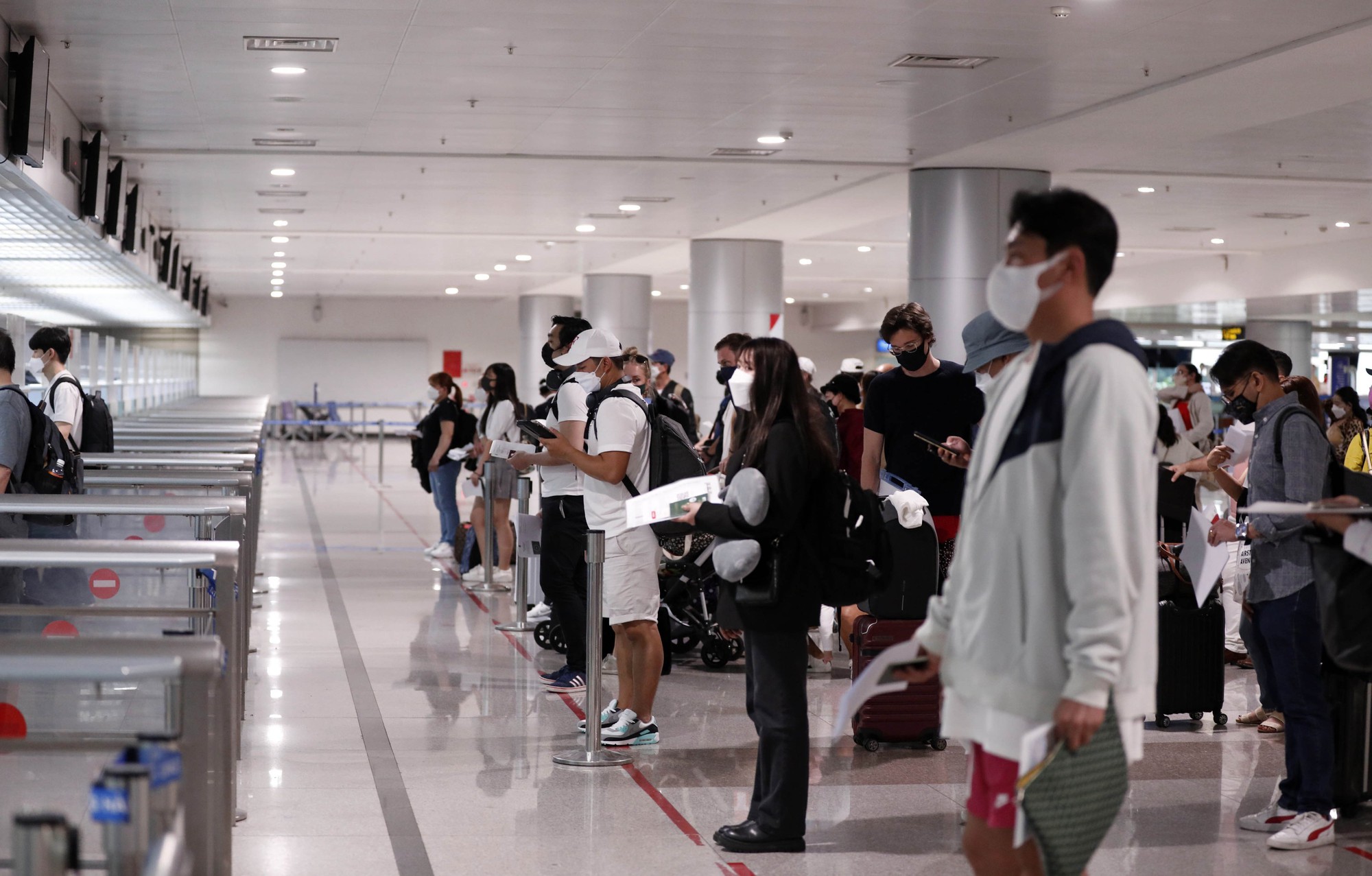
Passengers check in at Tan Son Nhat International Airport (HCMC)
Any longer, Vietnam tourism will fall behind
In the summary of April, the tourism industry was excited by the result of welcoming nearly 1 million international visitors, bringing the total number of international visitors to Vietnam in 4 months to nearly 3.7 million. Compared to the target of welcoming 8 million international visitors to Vietnam in 2023, we have achieved 46% in just the first 4 months of the year, opening up an optimistic signal for the journey to the finish line from now until the end of the year.
However, Mr. Nguyen Huu Y Yen, General Director of Saigontourist Travel Service Company, noted that we should not be too confident in the ability to reach 8 million international visitors this year because the first quarter is the peak of international tourism in Vietnam . In the second and third quarters, the market of visitors from Europe and America will be very small, and it will be after September that they tend to return to Vietnam . During the peak summer season, Vietnam can only rely on Northeast Asian visitors such as South Korea and China, but currently, Chinese visitors are still limited to group visitors, not allowing charter flights and independent tourists. Meanwhile, charter groups are the means of bringing the largest number of Chinese visitors to Nha Trang and Da Nang in Vietnam . The Korean market has not yet recovered. Korean visitors have begun to accelerate their return to Da Nang, but it is still not as much as before the epidemic.
Ministry of Finance requests Ministry of Transport to soon comment on removing ceiling price for air tickets
In Official Dispatch No. 168 recently sent to the Civil Aviation Authority of Vietnam, the Department of Finance, and the Department of Transport (Ministry of Transport) regarding domestic air transport service prices, the Ministry of Finance stated its opinion: The Law amending and supplementing a number of articles of the Law on Civil Aviation of Vietnam stipulates that "airlines decide on domestic air transport service prices within the price range prescribed by the Ministry of Transport and declare prices to the Ministry of Transport".
The Ministry of Transport is responsible to the Government for implementing state management of civil aviation and air transport service prices. The Price Management Department (Ministry of Finance) requests the Department of Transport, the Civil Aviation Authority of Vietnam, and the Department of Finance to report to the Ministry of Transport with specific opinions and proposals, along with an assessment of the impact on the contents related to domestic air transport service prices as proposed by enterprises.
Previously, when drafting the revised Price Law, the Price Management Department received a proposal from the Vietnam Aviation Business Association, Vietnam Airlines and Bamboo Airways to remove the domestic price ceiling for air transport services. At the same time, it was proposed to regulate the reduction of selling prices for air passenger transport services without being considered a violation of the law on competition and the law on anti-dumping of imported goods.
"We see the sudden growth results compared to 2022, when Vietnam had not yet opened tourism. Compared to the same period before the pandemic in 2019, international visitors to Vietnam only reached about 50-60%, even though tourism had been open for more than a year. If there were no acceleration and breakthrough policies to pave the way for the peak of international visitors in the fourth quarter, the target of 8 million visitors would not have been achieved," said Mr. Nguyen Huu Y Yen.
From another perspective, Chairman of the Board of Directors of Vietravel Corporation Nguyen Quoc Ky said that setting a target of 8 million visitors is not enough to show the determination of the tourism industry to revive and make a breakthrough in tourism after the pandemic. In 4 months, Vietnam welcomed 3.7 million out of 8 million visitors, but Thailand welcomed 8.6 million out of the target of 25 - 30 million international visitors for the whole year. If we reach 10 - 12 million visitors in 2023, it will be 2024 before we can return to the growth rate of 2019 and continue to develop and accelerate competition from 2025.
"After the crisis, the market returned to a vacuum. Whoever is fast wins, whoever is fast wins the market. We set the target too low, we don't need to strive to achieve it, so until now there is still no breakthrough policy to accelerate tourism. Vietnam opened early but acted too slowly, the visa bottleneck is a typical example of this.
delayed. Many "golden" opportunities have been missed. If this continues, Vietnam's tourism will fall further behind," Mr. Nguyen Quoc Ky worried.
Source link



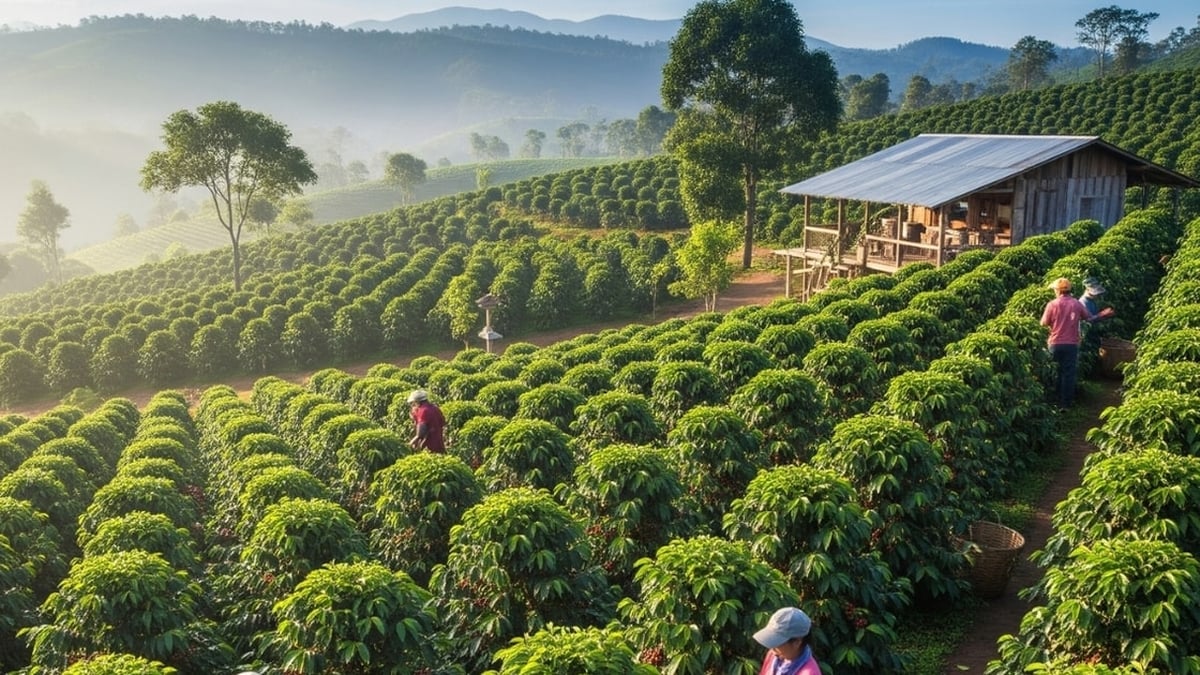
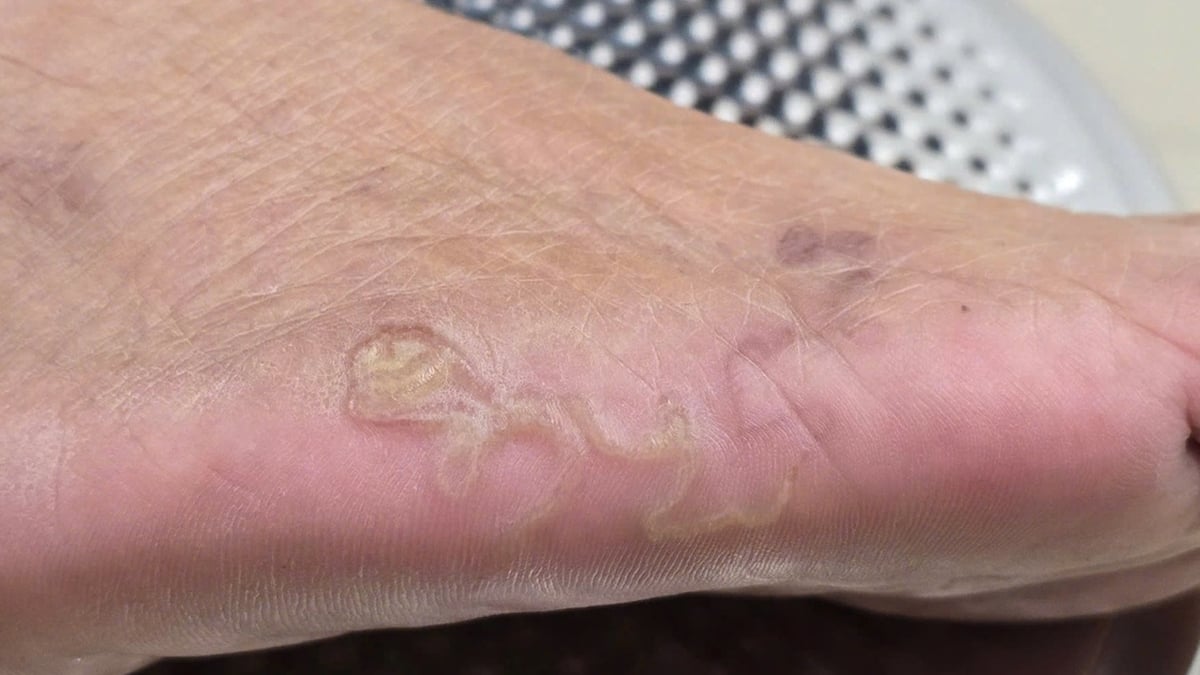


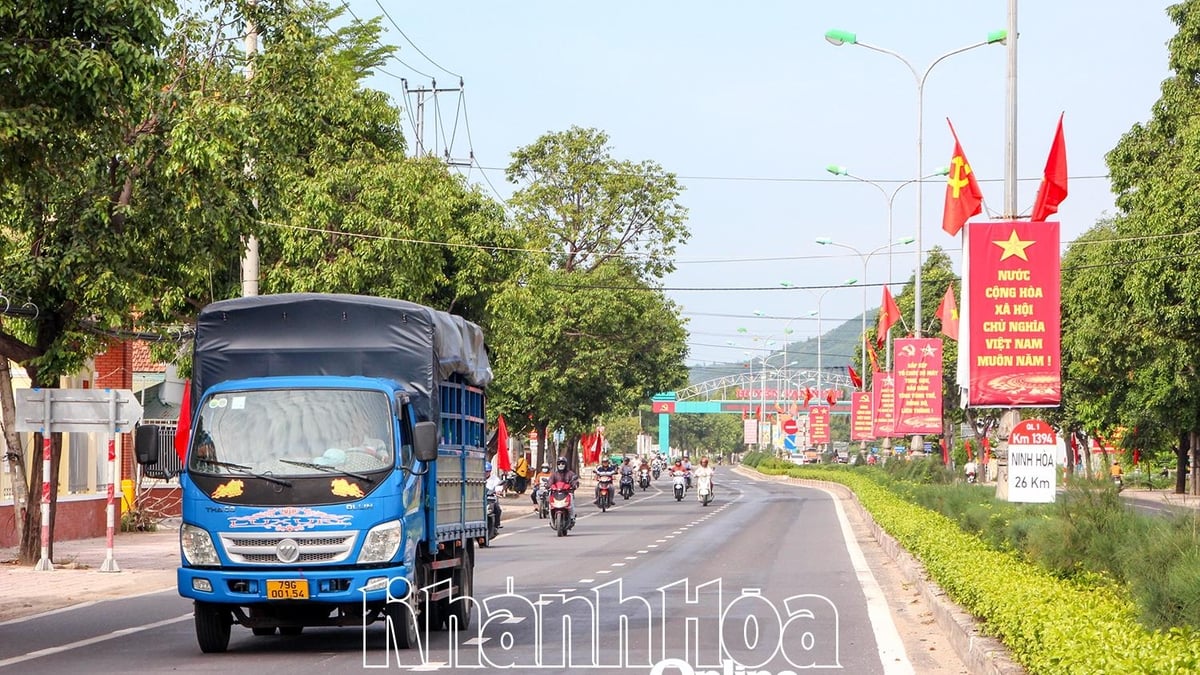
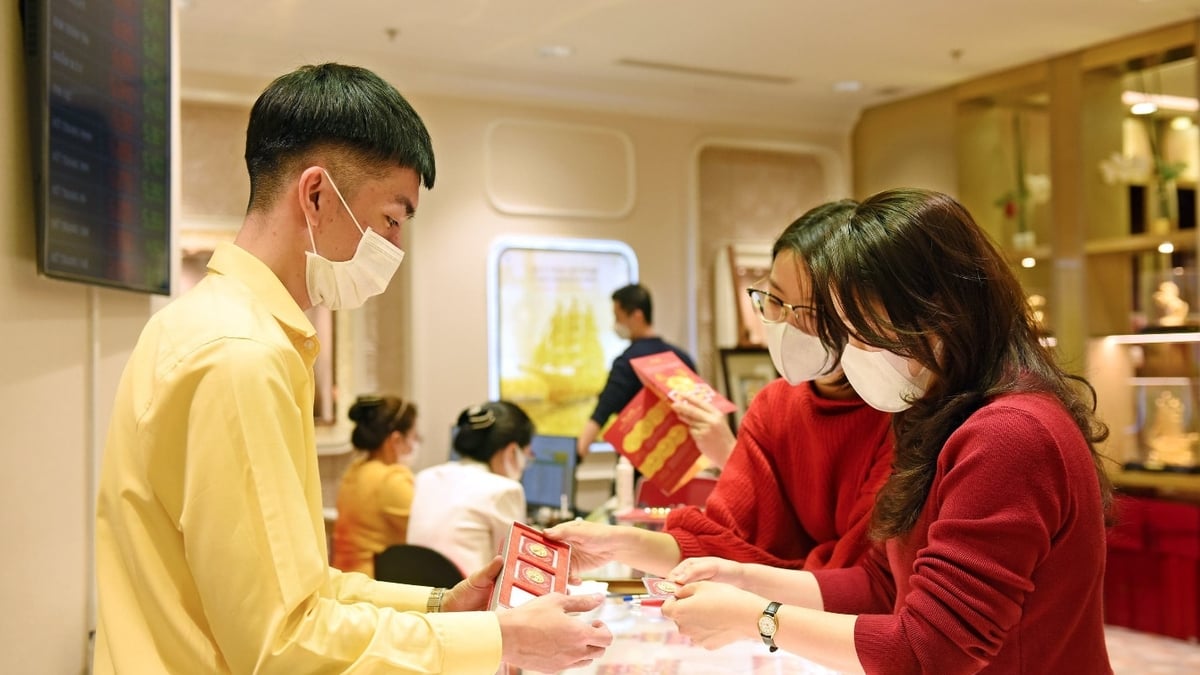
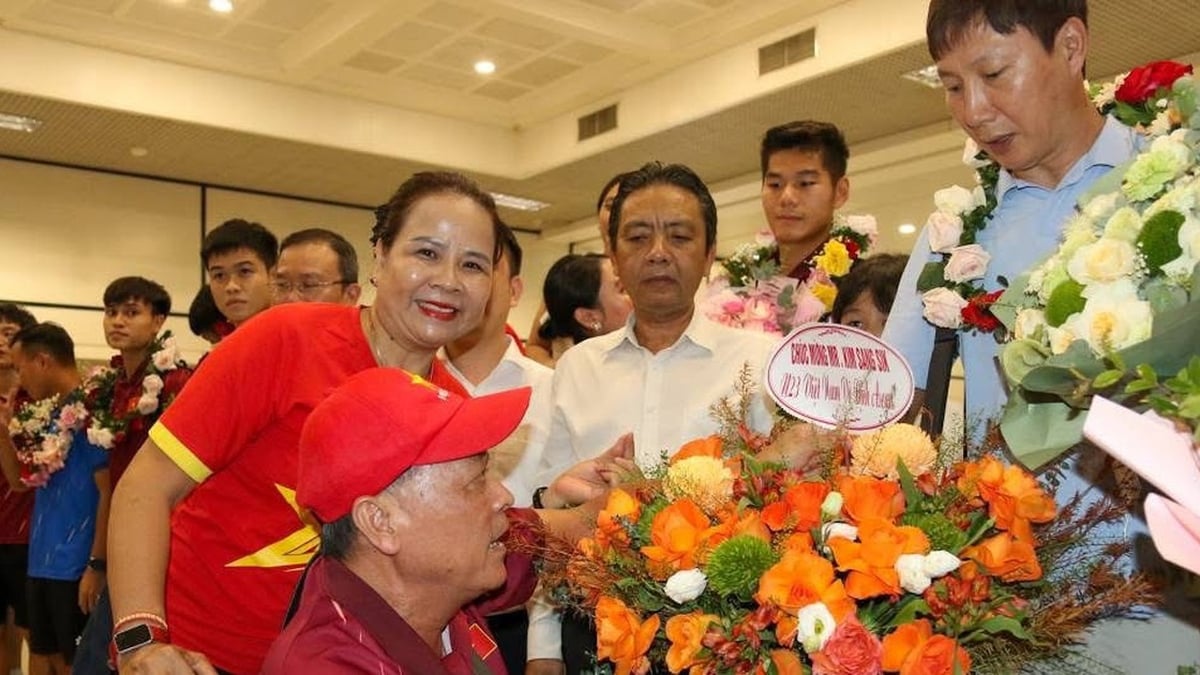
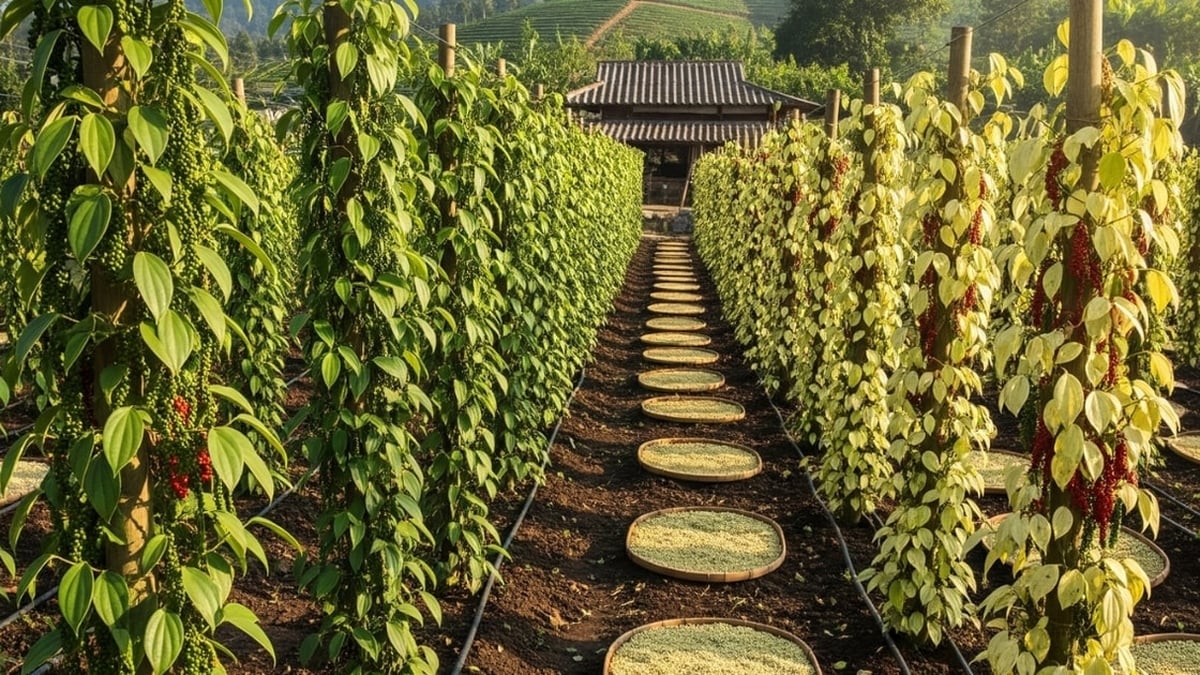












































![[Maritime News] Container shipping faces overcapacity that will last until 2028](https://vphoto.vietnam.vn/thumb/402x226/vietnam/resource/IMAGE/2025/7/30/6d35cbc6b0f643fd97f8aa2e9bc87aea)









































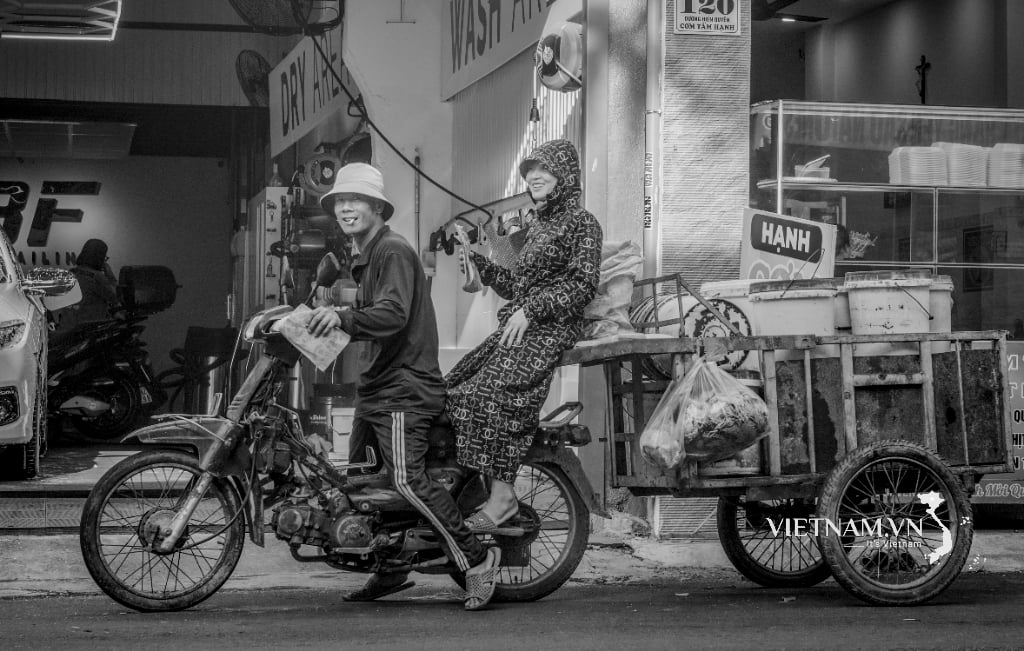
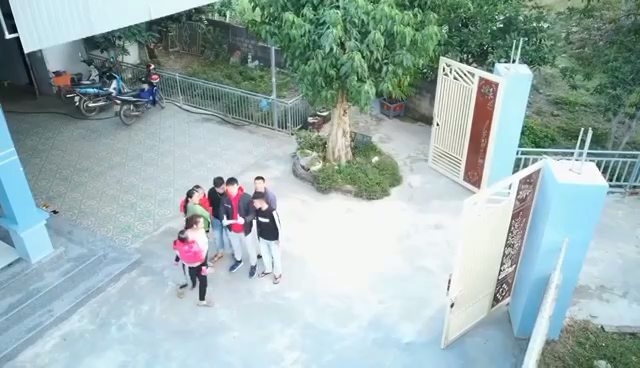
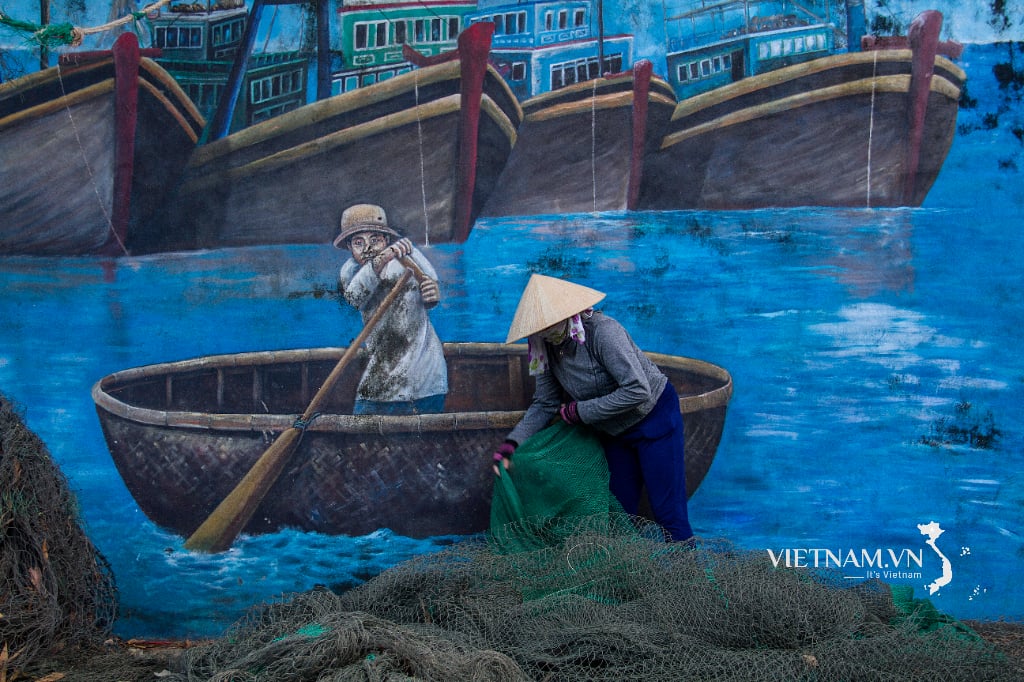
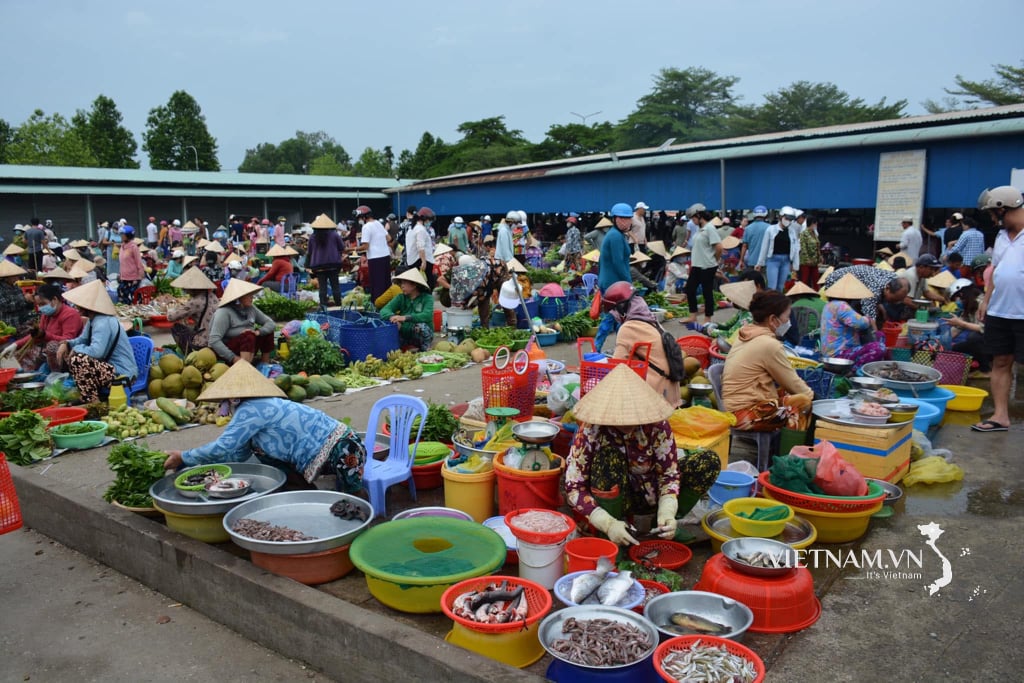
Comment (0)